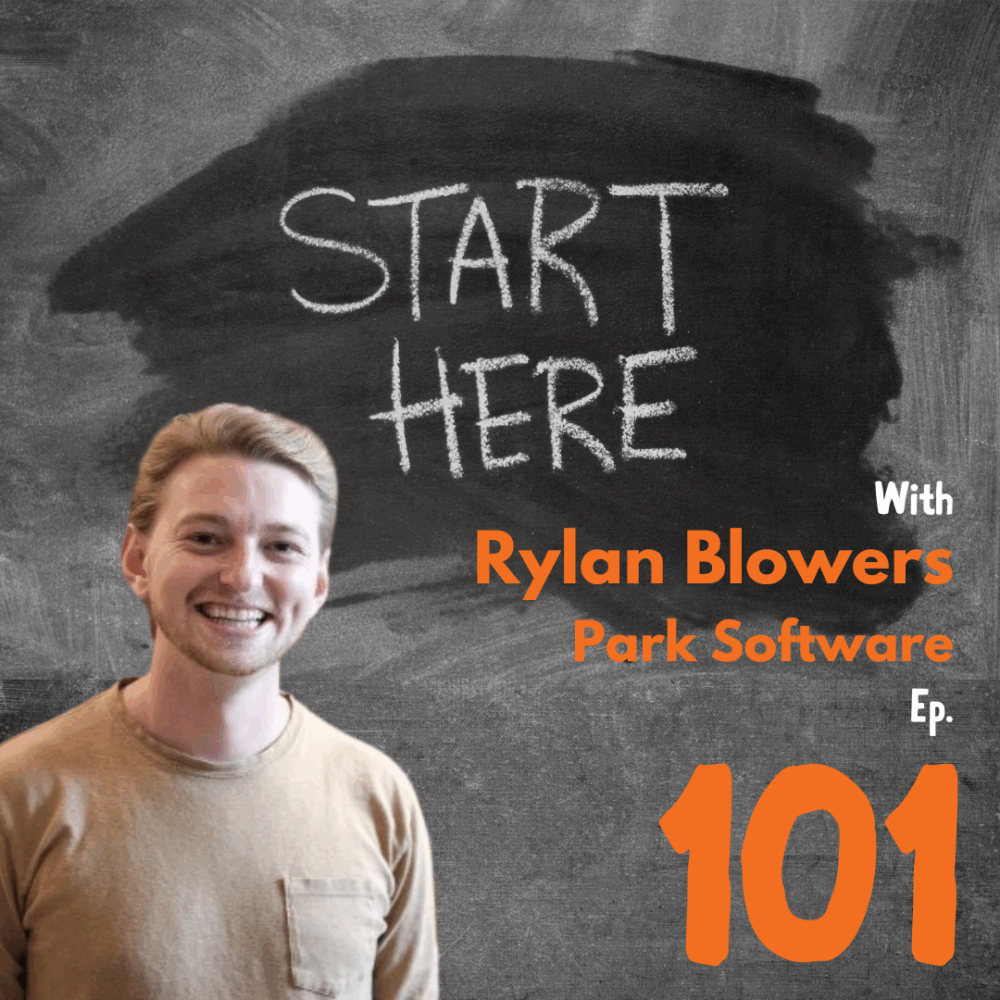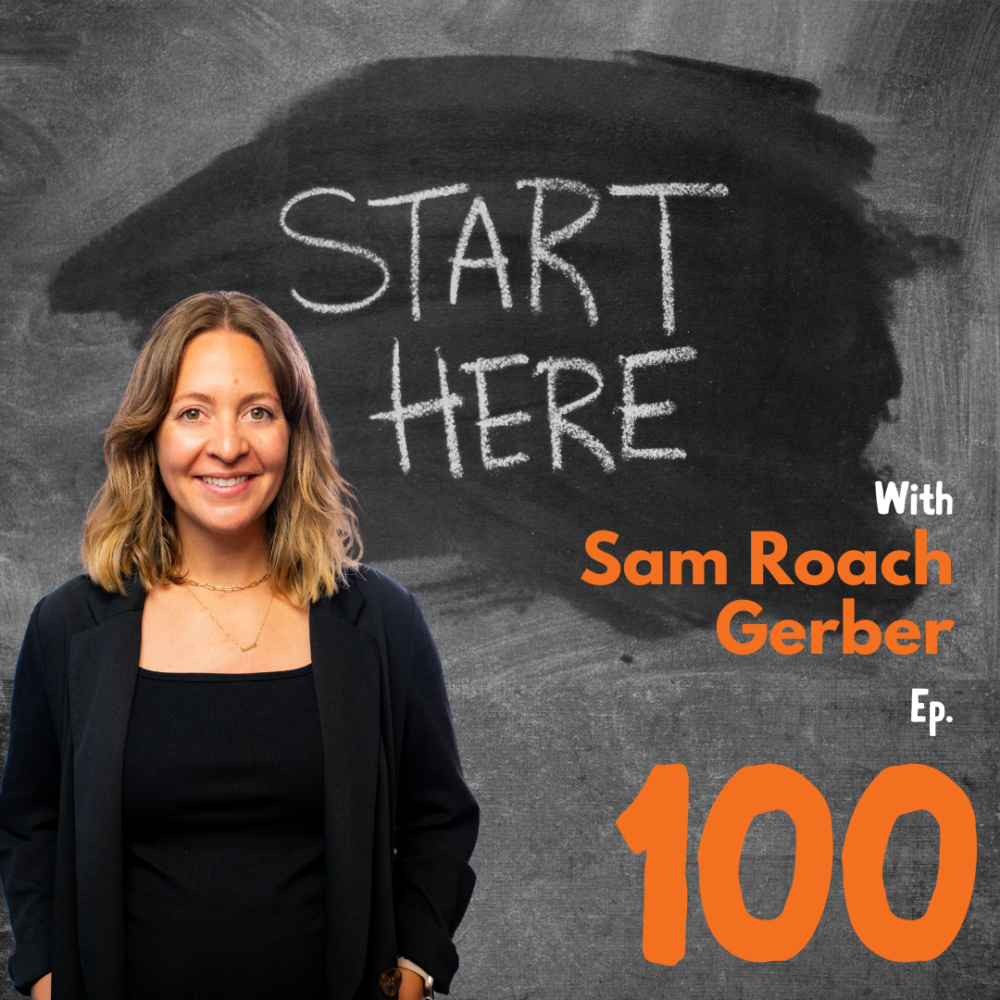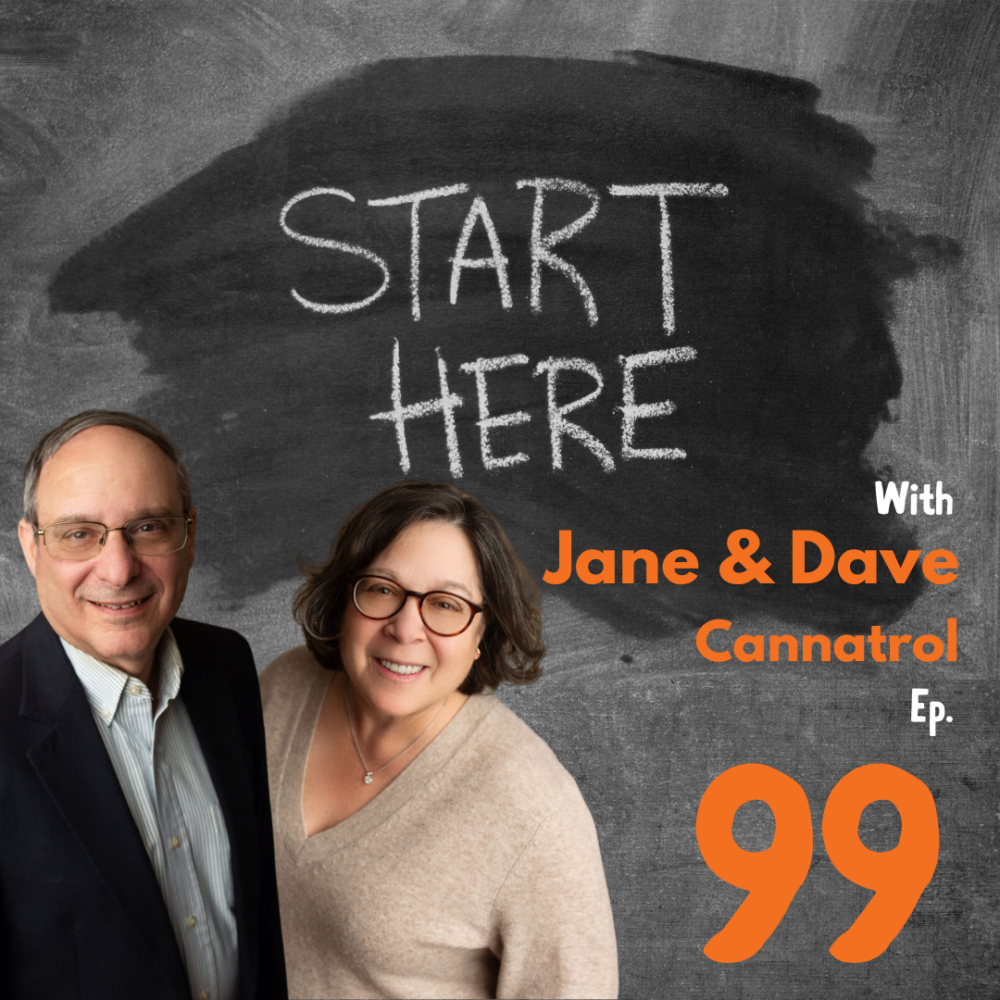Brophy Tyree / Wasted*
Start Here Podcast | Episode #89 | 04/11/2024
Join Brophy Tyree, co-founder of Wasted*, on a journey through the “wild world of circular sanitation.” The Vermont startup is using the power of storytelling to sell its product that’s based on a taboo subject: human waste. Whether you are trying to run a company that is not the most aesthetically pleasing, or simply curious about how this company reached success, this is the podcast for you. We promise your time won’t be Wasted*.
Are you interested in learning more about Vermont’s entrepreneurial success? Make sure you check out our Instagram and LinkedIn, or simply get the scoop from our newsletter!
Transcript coming soon.



